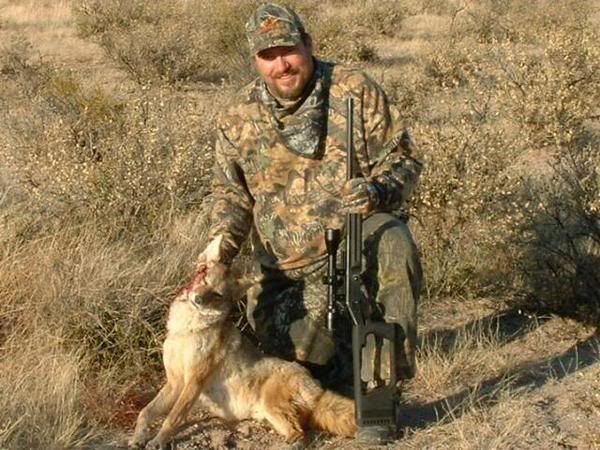
Old news, but the hard winter has hit Idaho too:
—————————————–
The Idaho Department of Fish and Game has closed the 33,500-acre Boise River Wildlife Management Area east of Boise to help mule deer survive the winter. The high snowfall this winter has forced deer into lower elevations, and Ed Bottum, manager of the area, said humans disturbing deer can cause them to use up energy they need to survive until spring.
“Their strategy is to minimize the amount of energy they use so their body reserves will last as long as possible,” Bottum told the Idaho Statesman. “It’s kind of a race to see if their body fat will last until spring greens up.”
Bottum said that not disturbing the deer on the management area means they will be more likely to stay there, where they won’t be hit by vehicles, chased by dogs, or eat shrubs near homes.
Fish and Game tries to track the health of deer herds in the state by placing radio collars on some animals. It currently has collars on 850 deer. On average, Fish and Game officials say, about 85 to 90 percent of does survive. Usually, about 50 percent of fawns survive, though that can drop to 20 percent during tough winters and rise to 80 percent during mild ones.
Fawns usually start dying in late February, officials said, and those deaths are tracked throughout the winter.
So far, Fish and Game has not started emergency winter feeding in southwest Idaho, though that is being done in some other parts of the state.
Summer and fall forage conditions also influence deer survival during the winter, said Brad Compton, Fish and Game big-game manager.
He said a mild, wet fall allowed deer to find more food, and that big snowstorms didn’t start in southern Idaho until the middle of December. He also said temperatures have not been unusually cold.
If deer can survive the winter snow, he said, the additional moisture this spring will mean they’ll likely have plenty of food.
“There’s a strong correlation between deer populations and precipitation,” Compton said. “We may take a hit this winter, but in the long term, we end up with healthier, more productive deer populations.”
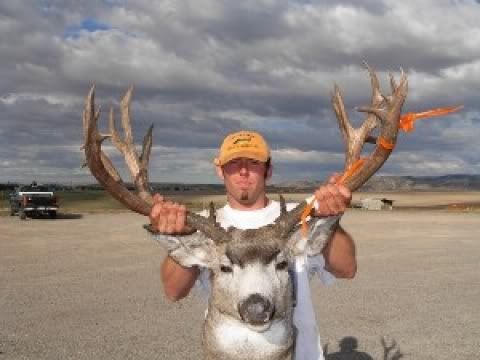
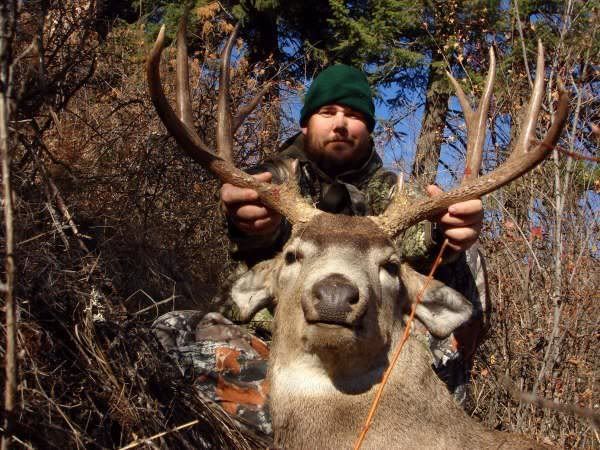

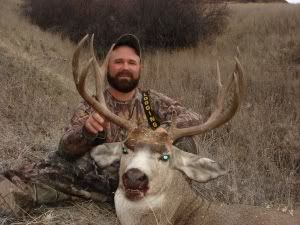

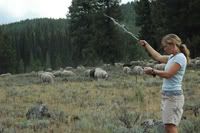 Wood River Valley resident Cindi Hillemeyer scans the surrounding Smoky Mountains with a handheld radio telemetry receiver in attempt to locate the Phantom Hill wolf pack’s two radio collared wolves Monday evening. This summer, Hillemeyer has been working as a volunteer with the Idaho Department of Fish and Game tracking the movements of the pack in an attempt to keep them away from bands of sheep that are grazing federal grazing allotments. Photo by Jason Kauffman
Wood River Valley resident Cindi Hillemeyer scans the surrounding Smoky Mountains with a handheld radio telemetry receiver in attempt to locate the Phantom Hill wolf pack’s two radio collared wolves Monday evening. This summer, Hillemeyer has been working as a volunteer with the Idaho Department of Fish and Game tracking the movements of the pack in an attempt to keep them away from bands of sheep that are grazing federal grazing allotments. Photo by Jason Kauffman 